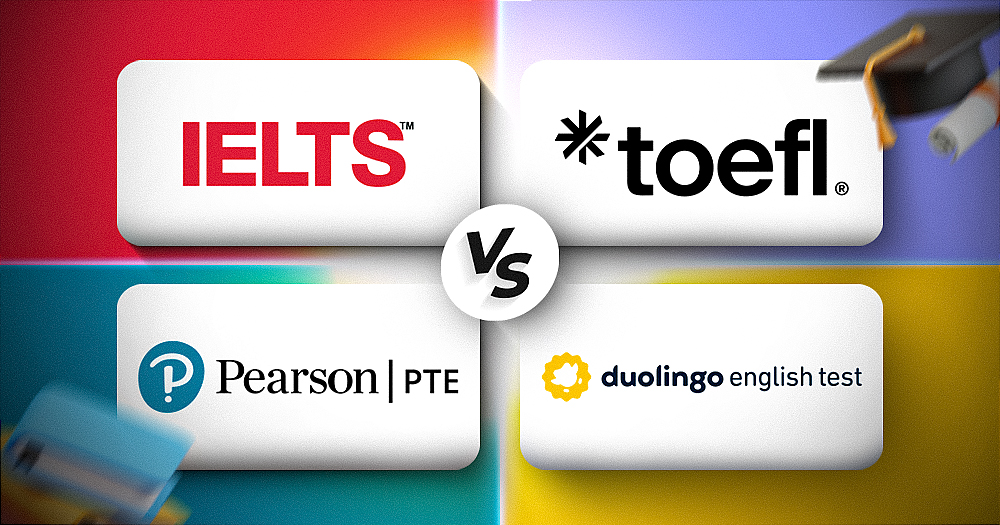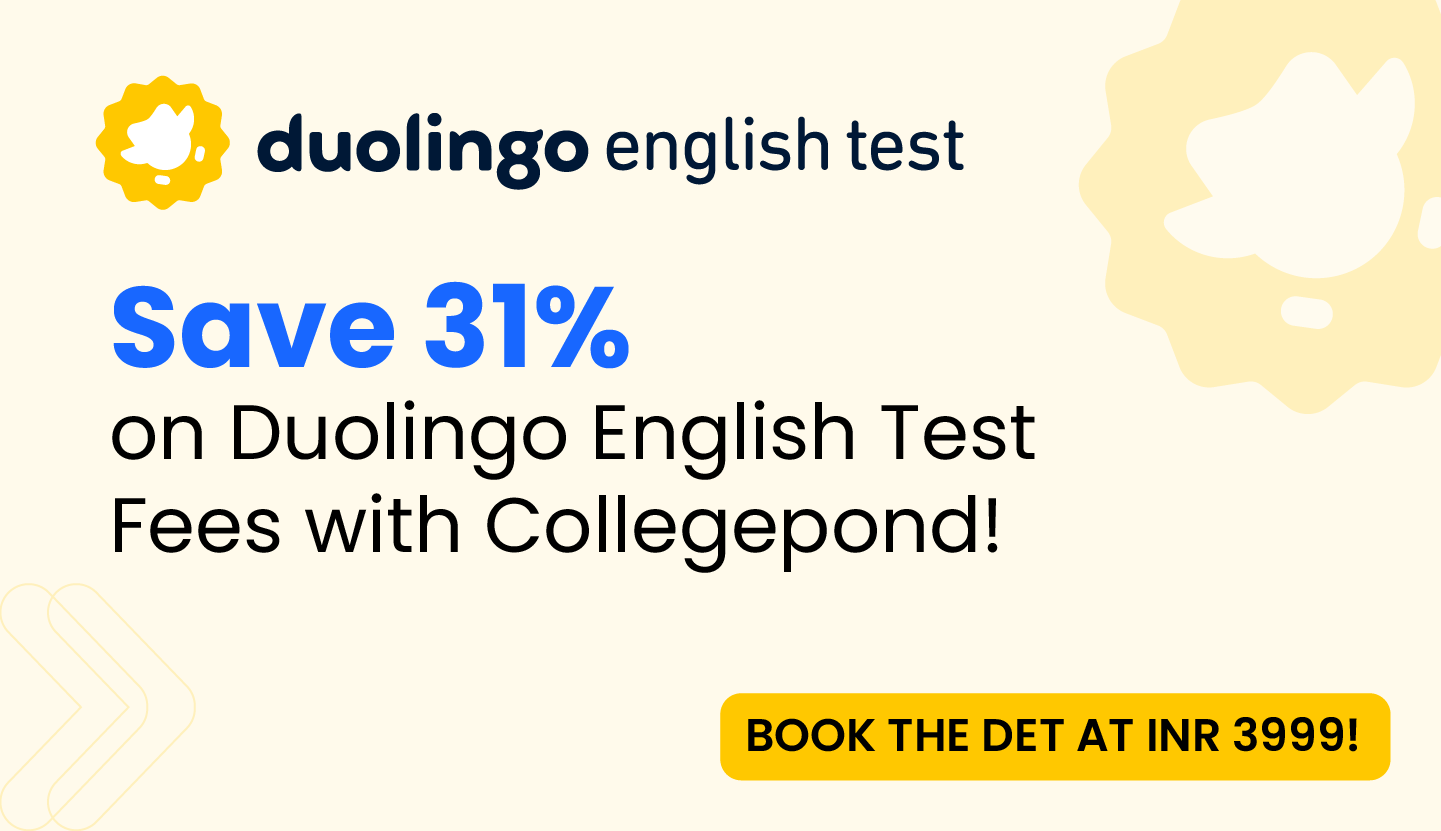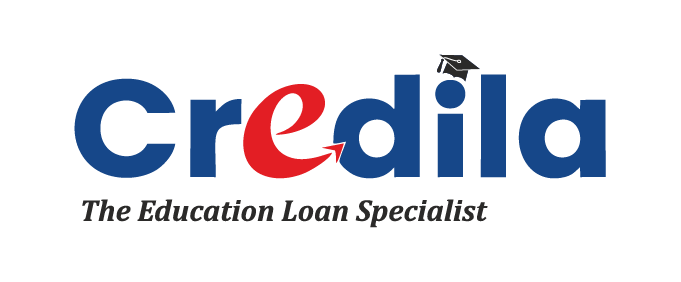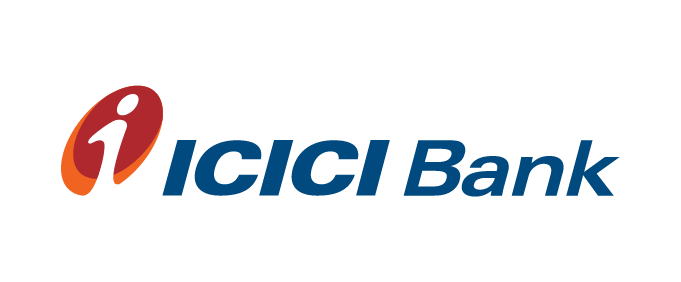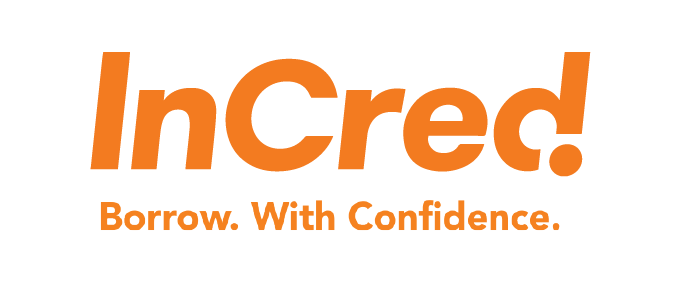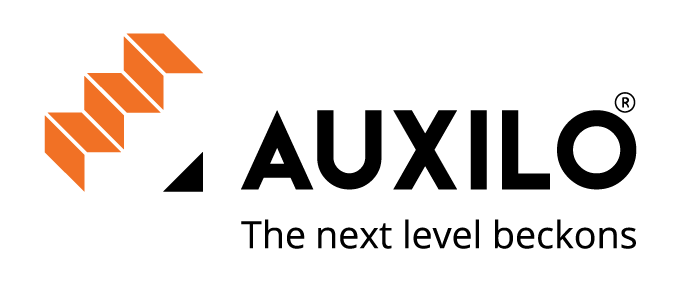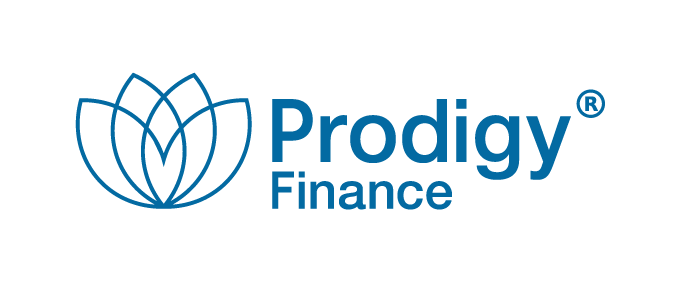As the demand for English language proficiency increases globally, it can be overwhelming for international students to choose the right test to demonstrate their English language abilities. Among the most widely recognised tests are:
- The International English Language Testing System (IELTS).
- Test of English as a Foreign Language (TOEFL iBT).
- Pearson Test of English Academic (PTE).
- Duolingo English Test (DET).
Let’s dive into each test’s unique features, advantages, and disadvantages to help international students make an informed decision.
IELTS
IELTS test is a popular choice for international students seeking university admission or applying for immigration. It is accepted by over 10,000 organisations worldwide, including universities, immigration authorities, and employers. The test assesses four language skills – listening, reading, writing, and speaking. It is available in two formats: Academic and General Training.
Advantages:
- Widely accepted by universities, immigration authorities, and employers worldwide.
- Tests language skills required for academic and professional settings.
- Available in two formats – Academic and General Training.
Disadvantages:
- More expensive than other tests.
- Requires a more extended test duration, with the speaking section conducted face-to-face.
TOEFL iBT
TOEFL exam is a popular choice for international students seeking admission to universities in English-speaking countries. It is accepted by over 11,000 universities and institutions worldwide. The test assesses four language skills – reading, listening, speaking, and writing.
There is a new writing task introduced called ‘Academic Discussion’ replacing Writing Independent Task 2. In this task, students will be asked to state and support an opinion on a given topic in an online class discussion. Unlike IELTS, TOEFL iBT is a computer-based test that is conducted online.
Advantages:
- Widely accepted by universities and institutions worldwide.
- Computer-based test with instant results.
- Scores are valid for two years.
- Test can be finished in under 2 hours.
Disadvantages:
- Expensive than other tests.
- Limited availability of test centres in some countries.
PTE
PTE is a computer-based English language proficiency test that measures a person’s ability to communicate in academic settings. It is accepted by over 6,000 universities and institutions worldwide. The test assesses four language skills – reading, listening, speaking, and writing.
Advantages:
- Computer-based test with instant results.
- Offers flexible test dates and times.
- Tests are scored based on automated algorithms, providing unbiased results.
Disadvantages:
- Not as widely recognized as IELTS or TOEFL iBT.
- Limited availability of test centres in some countries.
Duolingo English Test
Duolingo English Test is a relatively new entrant in the English language proficiency test market. It is an online, computer-adaptive test that measures a person’s ability to communicate in English. The test assesses four language skills – reading, writing, listening, and speaking.
Advantages:
- Affordable and easily accessible.
- Provides instant results and detailed feedback.
- It can be taken from the comfort of your own home.
Disadvantages:
- Not yet widely recognized by universities and institutions.
- May not accurately reflect a person’s English language abilities as it is computer-adaptive.
Comparison of IELTS, TOEFL iBT, PTE, and Duolingo Test Formats
IELTS:
- Listening: Four sections, 40 questions, 30 minutes.
- Reading: Three sections, 40 questions, 60 minutes.
- Writing: Two tasks, 60 minutes.
- Speaking: Face-to-face interview, 11-14 minutes.
TOEFL iBT:
- Listening: 28 questions, 36 minutes.
- Reading: Two passages, 10 questions each, 35 minutes.
- Writing: Two tasks, 29 minutes.
- Speaking: Two independent tasks, two integrated tasks, 16 minutes.
PTE:
- Listening: Eight sections, 45-60 minutes
- Reading: Five sections, 32-41 questions, 45-75 minutes
- Writing: Three sections, 20-32 questions, 30-40 minutes
- Speaking: Five sections, 35 seconds to 1 minute 30 seconds per question
Duolingo:
- Listening: Four parts, 2-4 questions each, 8-12 minutes
- Reading: Four parts, 2-3 questions each, 16-22 minutes
- Writing: One part, one question, 10 minutes
- Speaking: Three parts, 3-5 questions each, 6-8 minutes
Understanding Scoring Systems: IELTS vs TOEFL vs PTE vs Duolingo
- IELTS: IELTS scores are reported on a 0-9 band scale, with each band representing a level of English proficiency. The overall band score is an average of the scores obtained in each section of the test. The four sections include Listening, Reading, Writing, and Speaking. Scores for each section range from 0-9 and are also reported separately.
- TOEFL iBT: The TOEFL scores range from 0-120, with each section scored on a scale of 0-30. The four sections include Reading, Listening, Speaking, and Writing. The scores from each section are combined to give an overall score.
- PTE: PTE scores are reported on a scale of 10-90, with 10 representing the lowest and 90 representing the highest level of proficiency. Similar to TOEFL iBT and IELTS, PTE also has four sections: Speaking and Writing, Reading, and Listening.
- Duolingo: The Duolingo English Test scores range from 10-160. The test includes sections on Reading, Writing, Listening, and Speaking. The test uses artificial intelligence to grade responses and determine the overall score.
Comparison Table:
In conclusion, international students must consider several factors while choosing the right test to demonstrate their English language proficiency. The decision should depend on the specific requirements of the institution or organisation they are applying to, their language abilities, test availability in their location, and their budget. The comparison table above can provide a quick overview of the features and costs of each test.
Ultimately, no matter which test you choose, you must dedicate time and effort to prepare for the test thoroughly. Several resources, such as sample tests, study materials, and online courses, are available online to help you achieve your desired scores. Adequate preparation can help you feel more confident and increase your chances of success.
Let Collegepond guide you to success abroad. Our expert counsellors help you navigate every step, from choosing the right test to acing it. Get started today.

